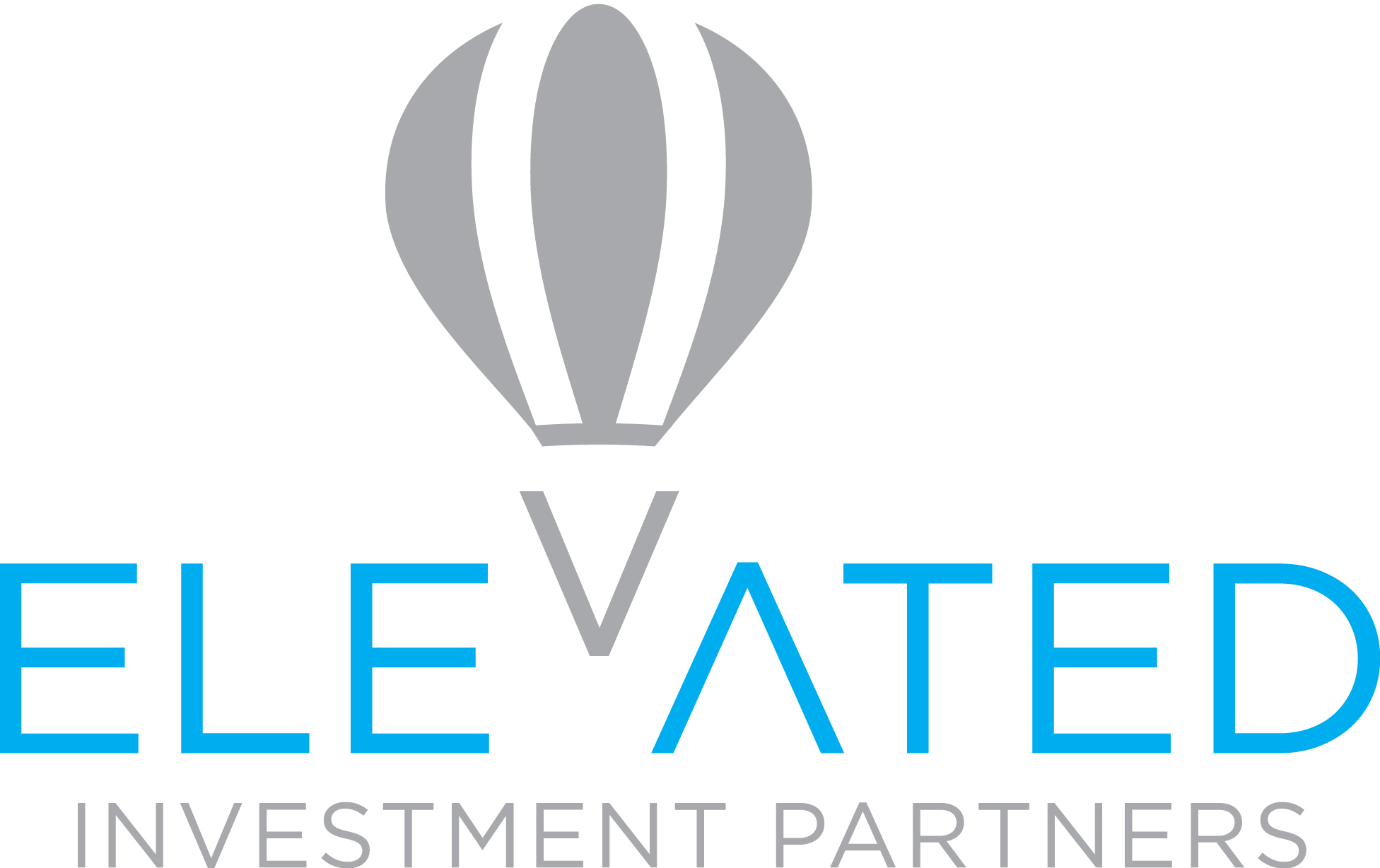October
- Audit third quarter payroll and plan deposit dates to ensure compliance with the Department of Labor’s rules regarding timely deposit of participant contributions and loan repayments.
- Verify that employees who became eligible for the plan between July 1 and September 30 received and returned an enrollment form. Follow up for forms that were not returned.
- For calendar year safe harbor plans, issue the required notice to employees during October or November (within 30 to 90 days of the beginning of the plan year to which the safe harbor is to apply). Also, within the same period, distribute the appropriate notice if the plan features an EACA (Eligible Automatic Contribution Arrangement), QACA (Qualified Automatic Contribution Arrangement) and/or QDIA (Qualified Default Investment Alternative).
November
- Prepare to issue an announcement to employees to publicize the plan’s advantages and benefits, and any plan changes becoming effective in January.
- Conduct a campaign to encourage participants to review and, if necessary, update their mailing addresses to ensure their receipt of Form 1099-R to be mailed in January for reportable plan transactions in 2018.
- Check current editions of enrollment materials, fund prospectuses and other plan information that is available to employees to ensure that they are up to date.
December
- Prepare to send year-end payroll and updated census data to the plan’s recordkeeper in January for year-end compliance testing (calendar-year plans).
- Verify that participants who terminated during the second half of the year selected a distribution option for their account balance and returned the necessary form.
- Review plan operations to determine if any ERISA or tax qualification violations occurred during<

Consult your plan’s financial, legal or tax advisor regarding these and other items that may apply to your. plan.the year and if using an IRS or DOL self-correction program would be appropriate.
